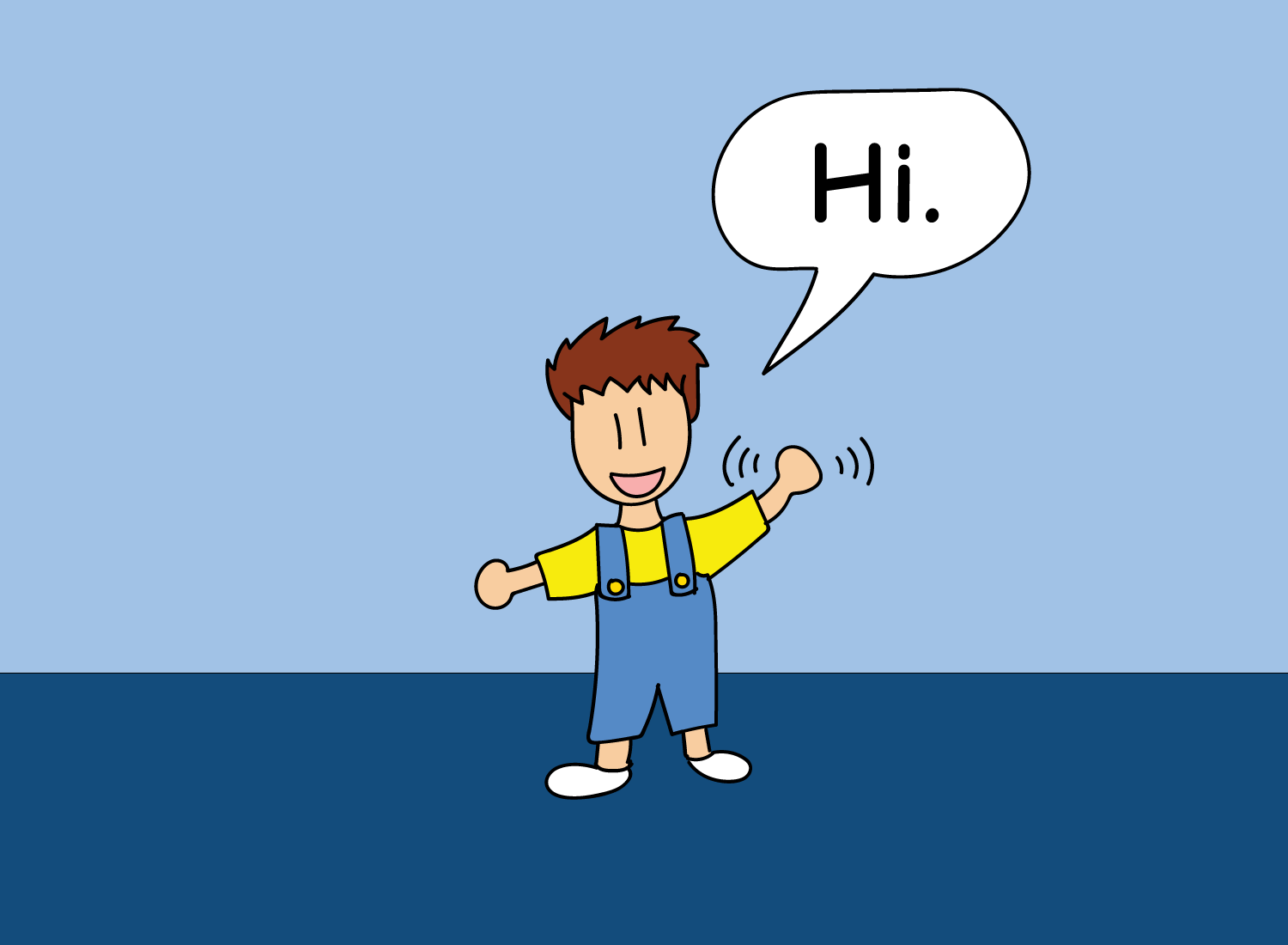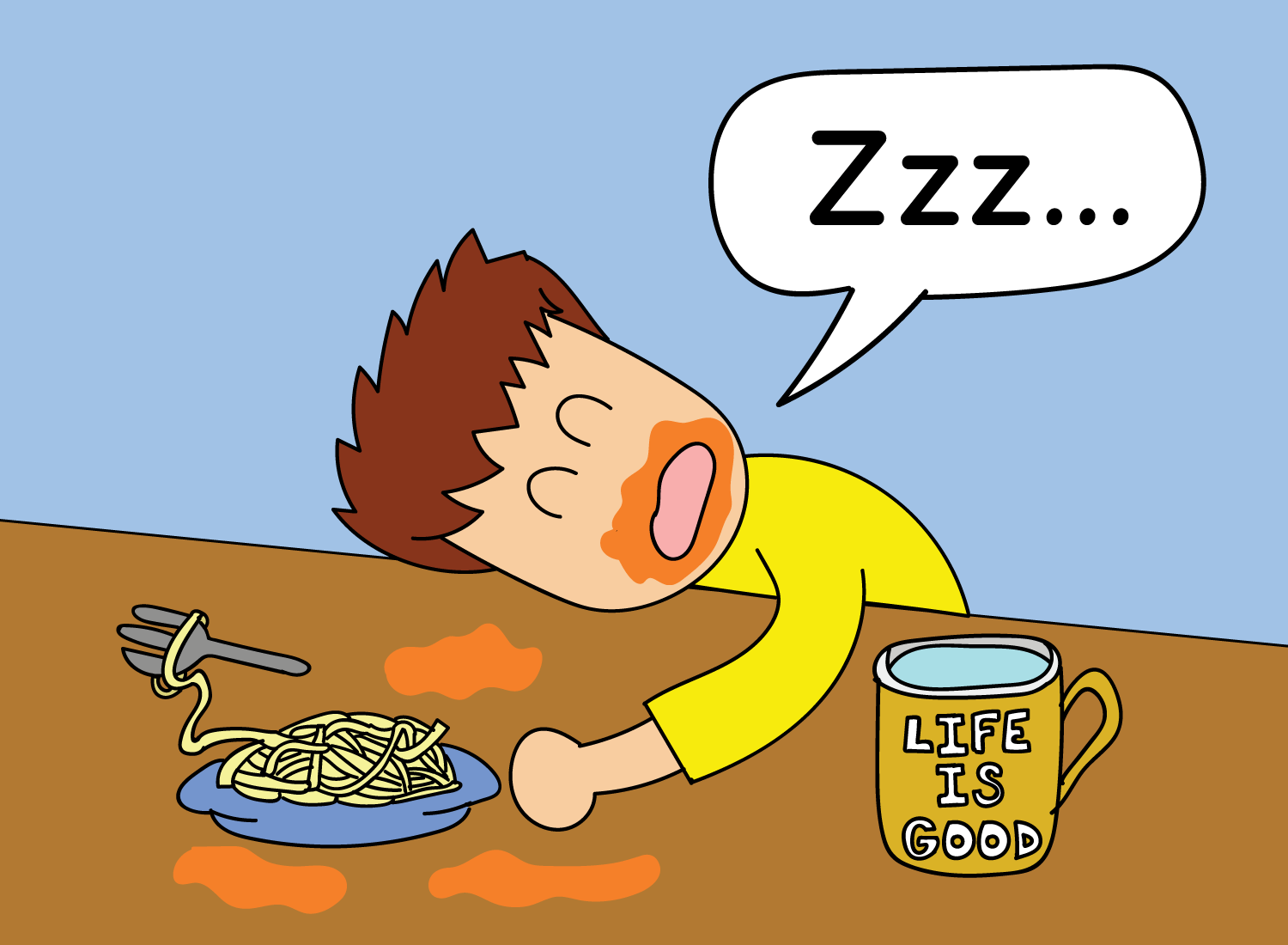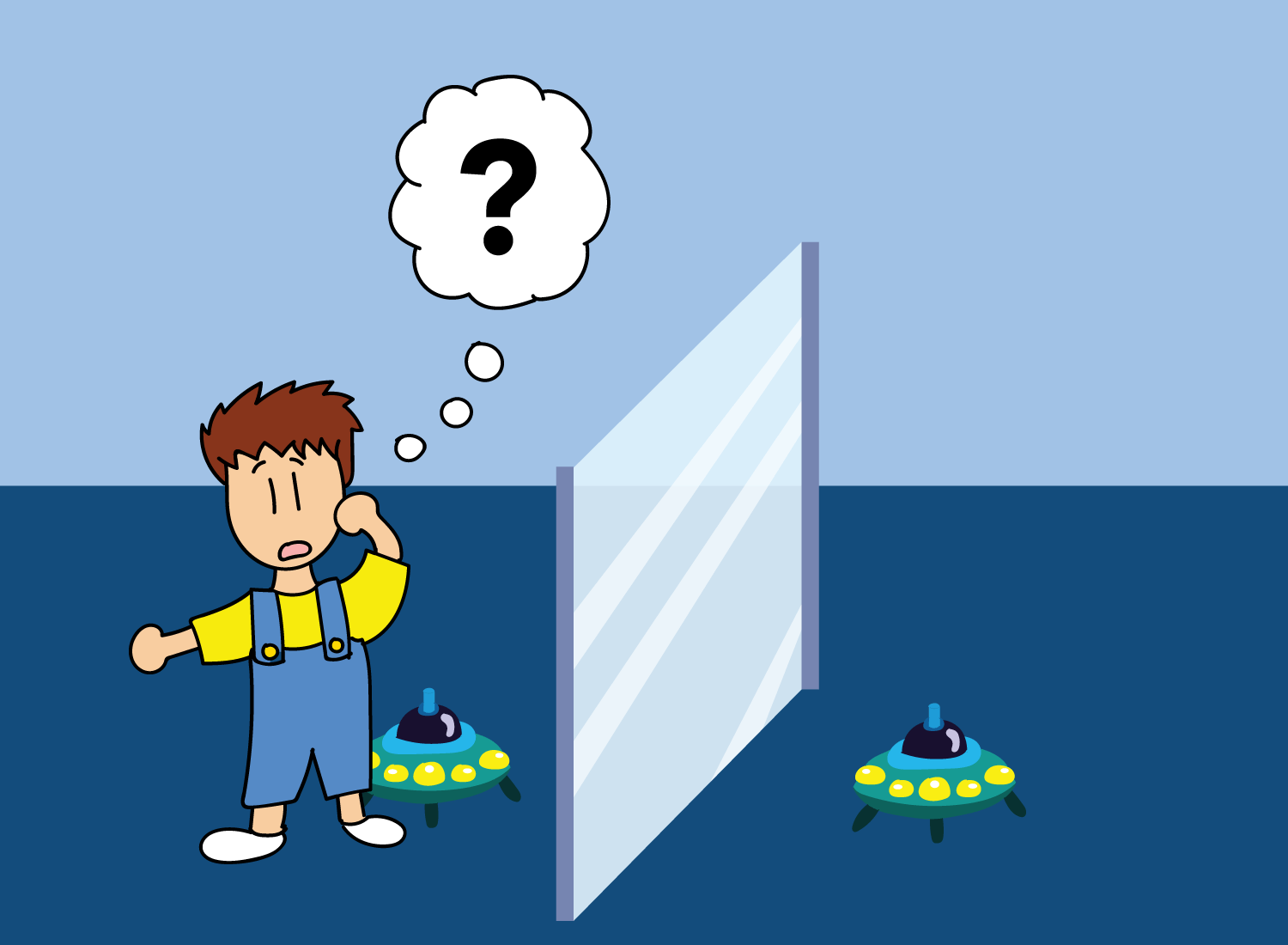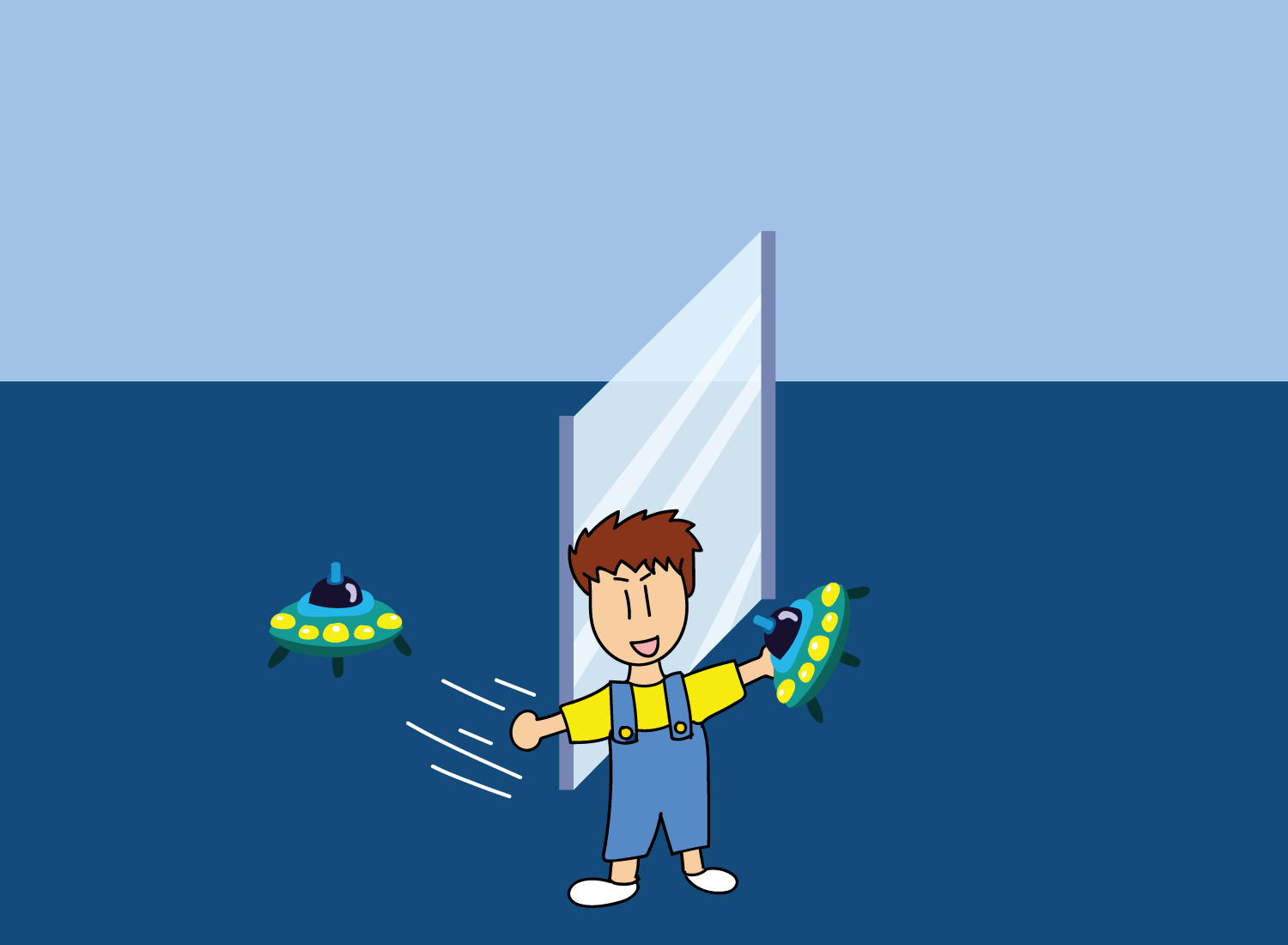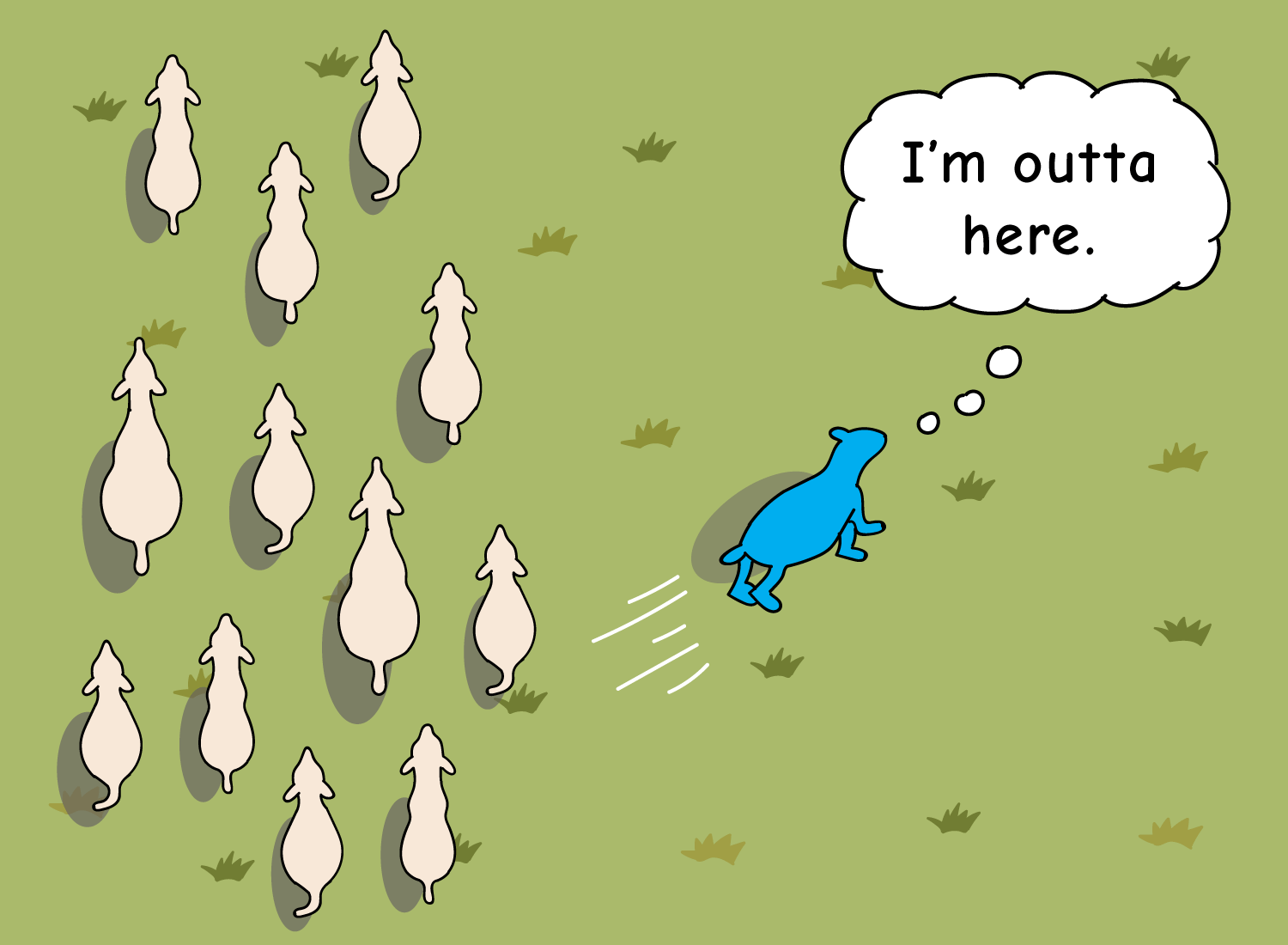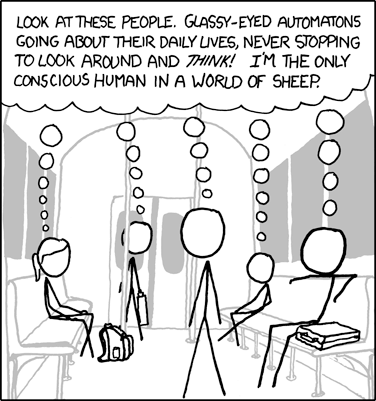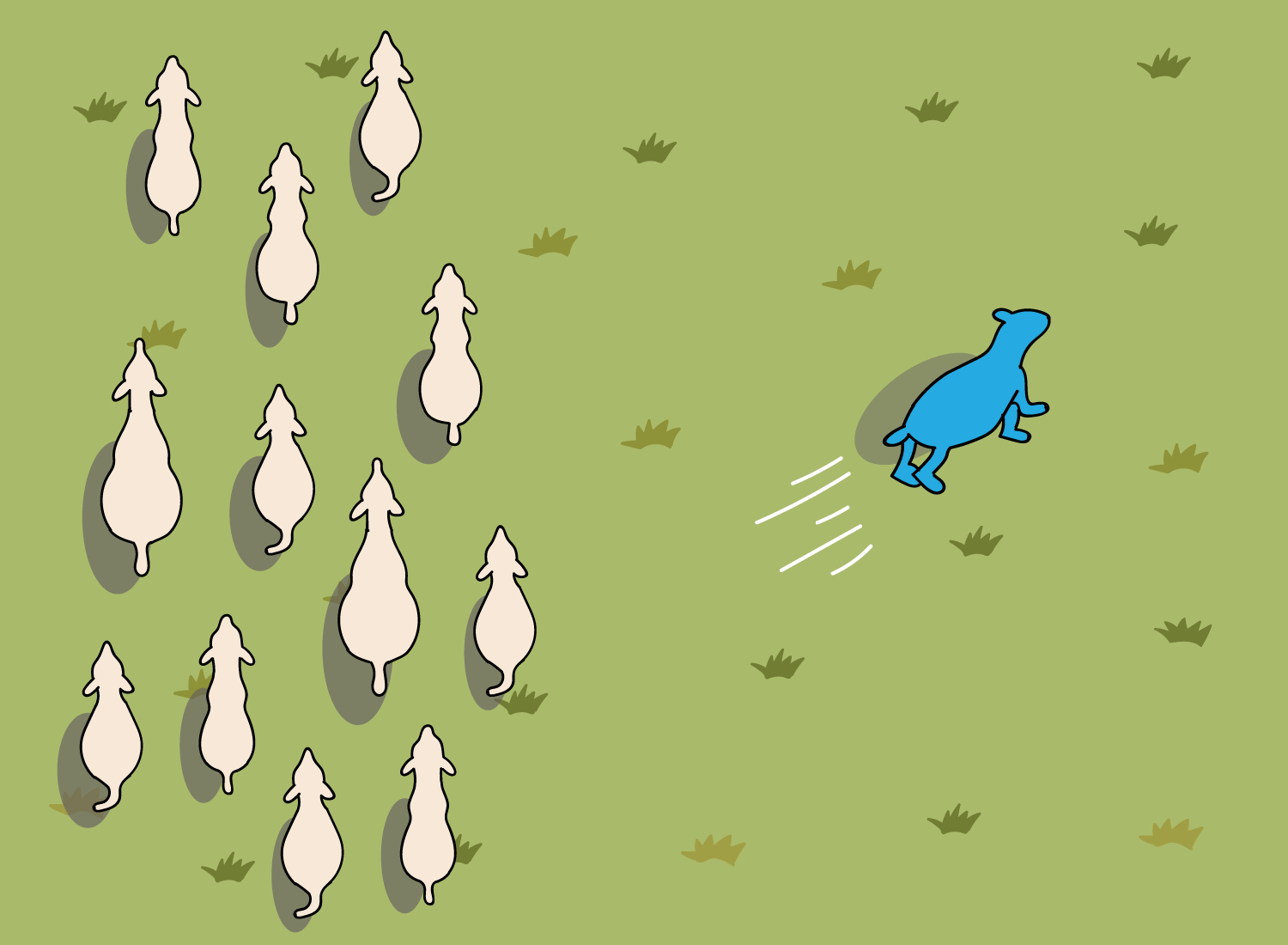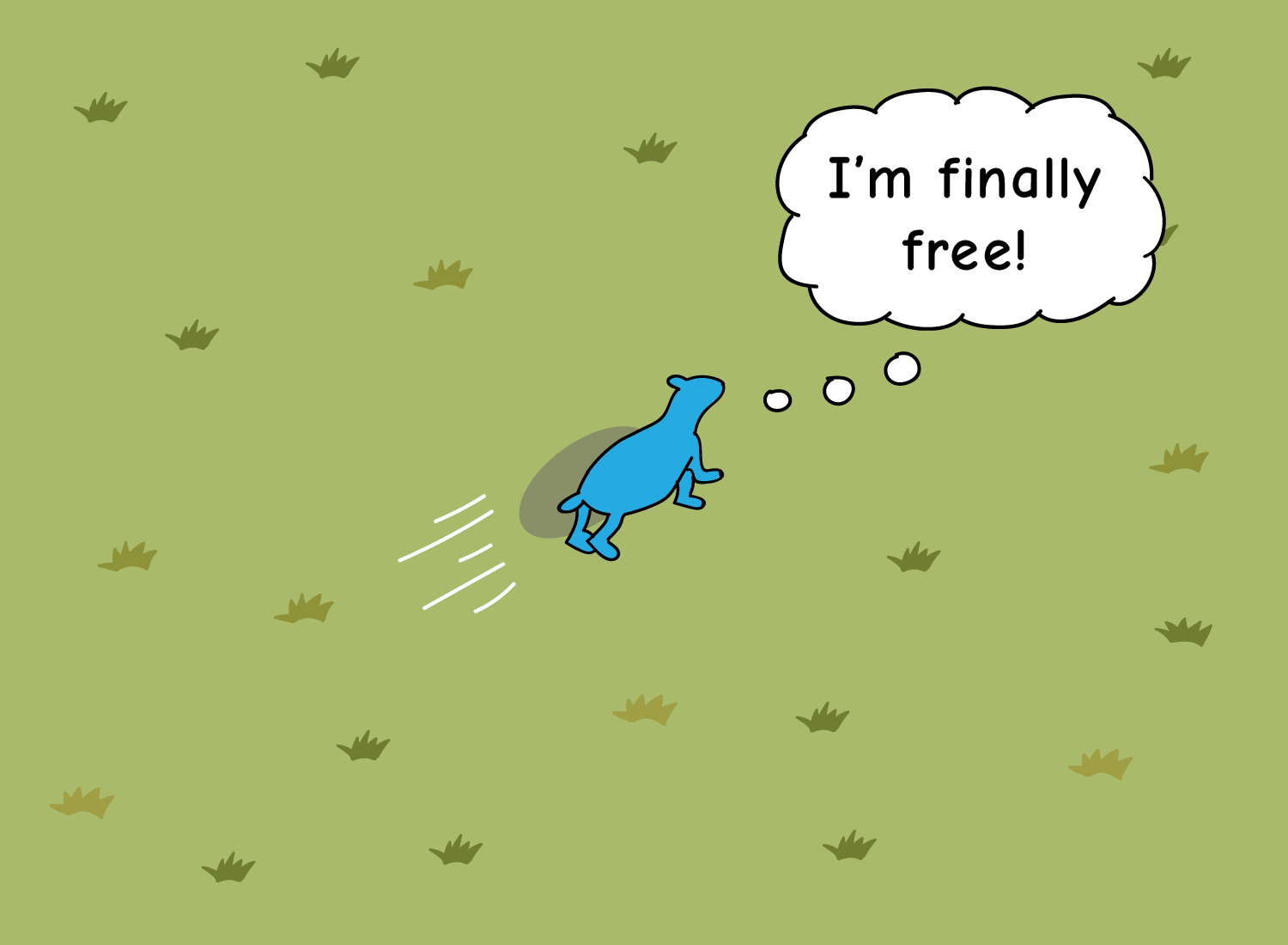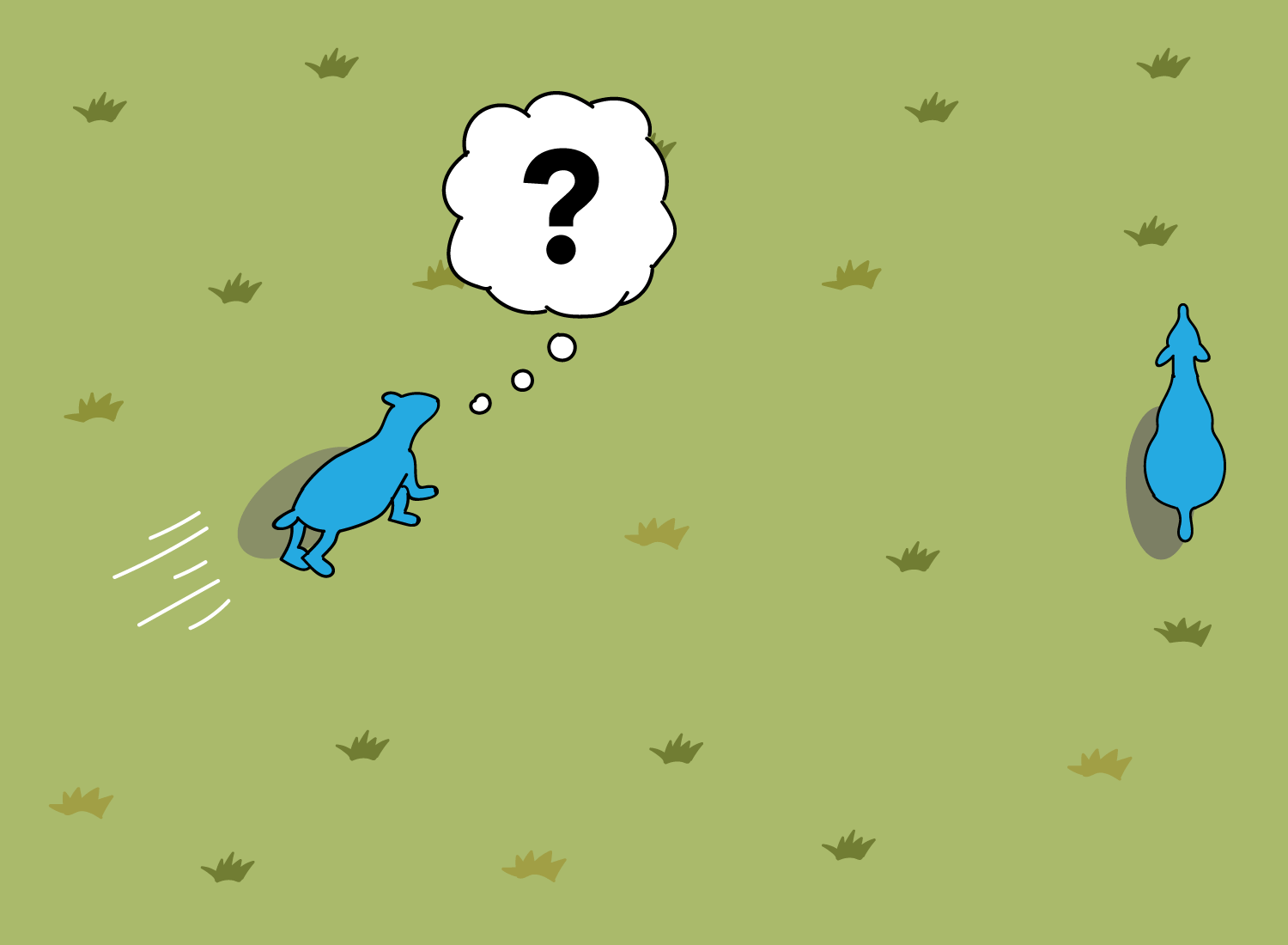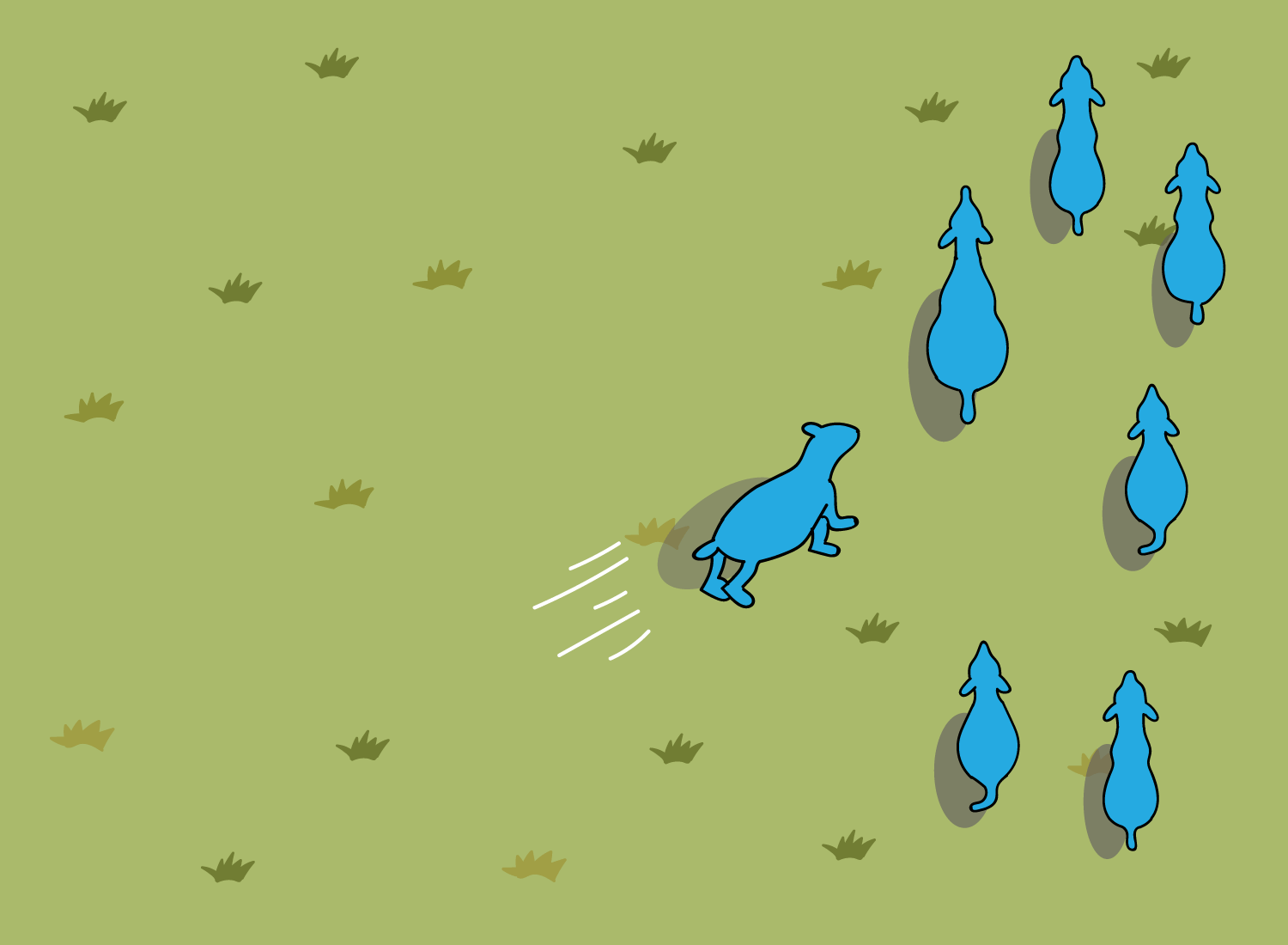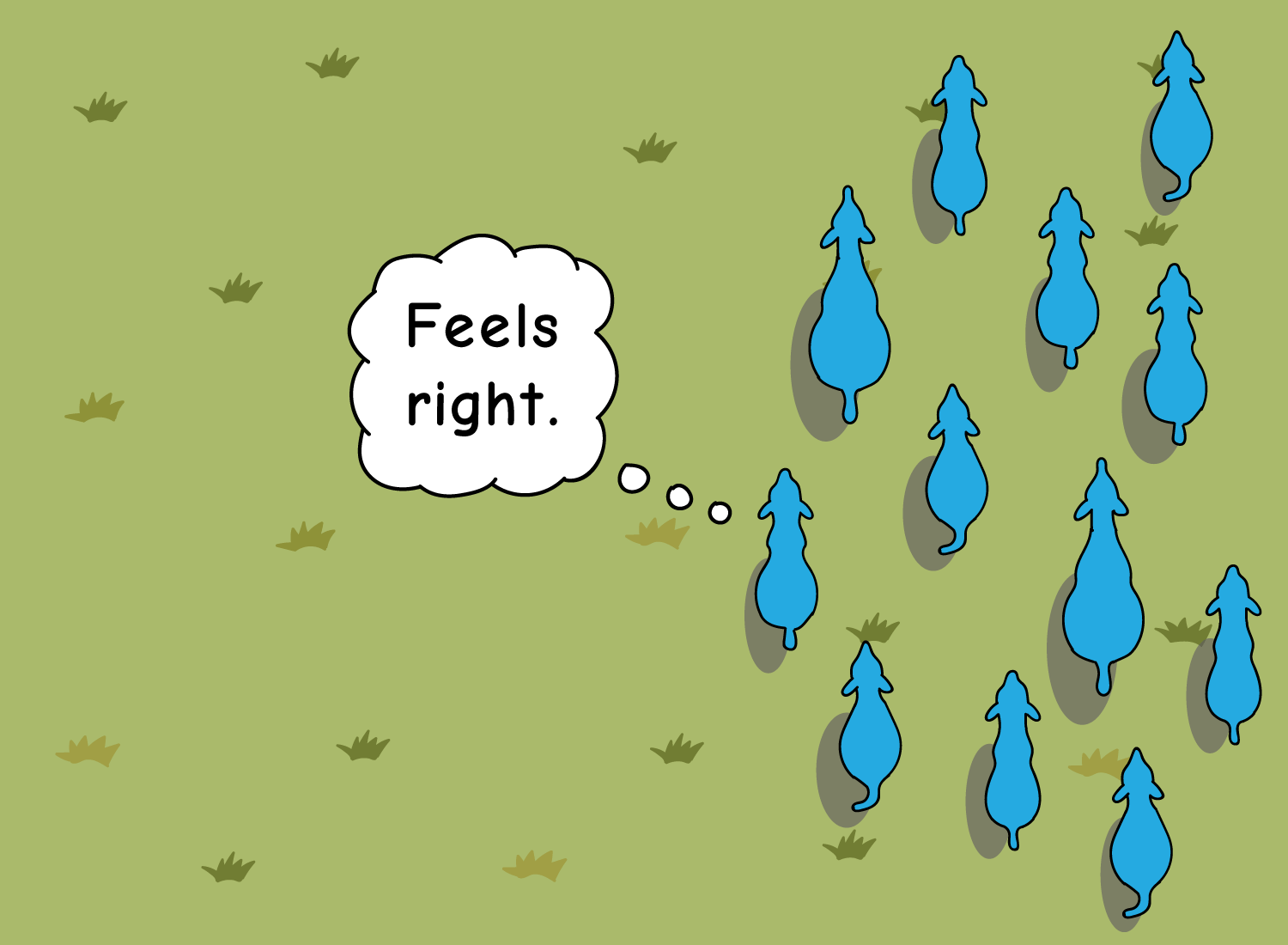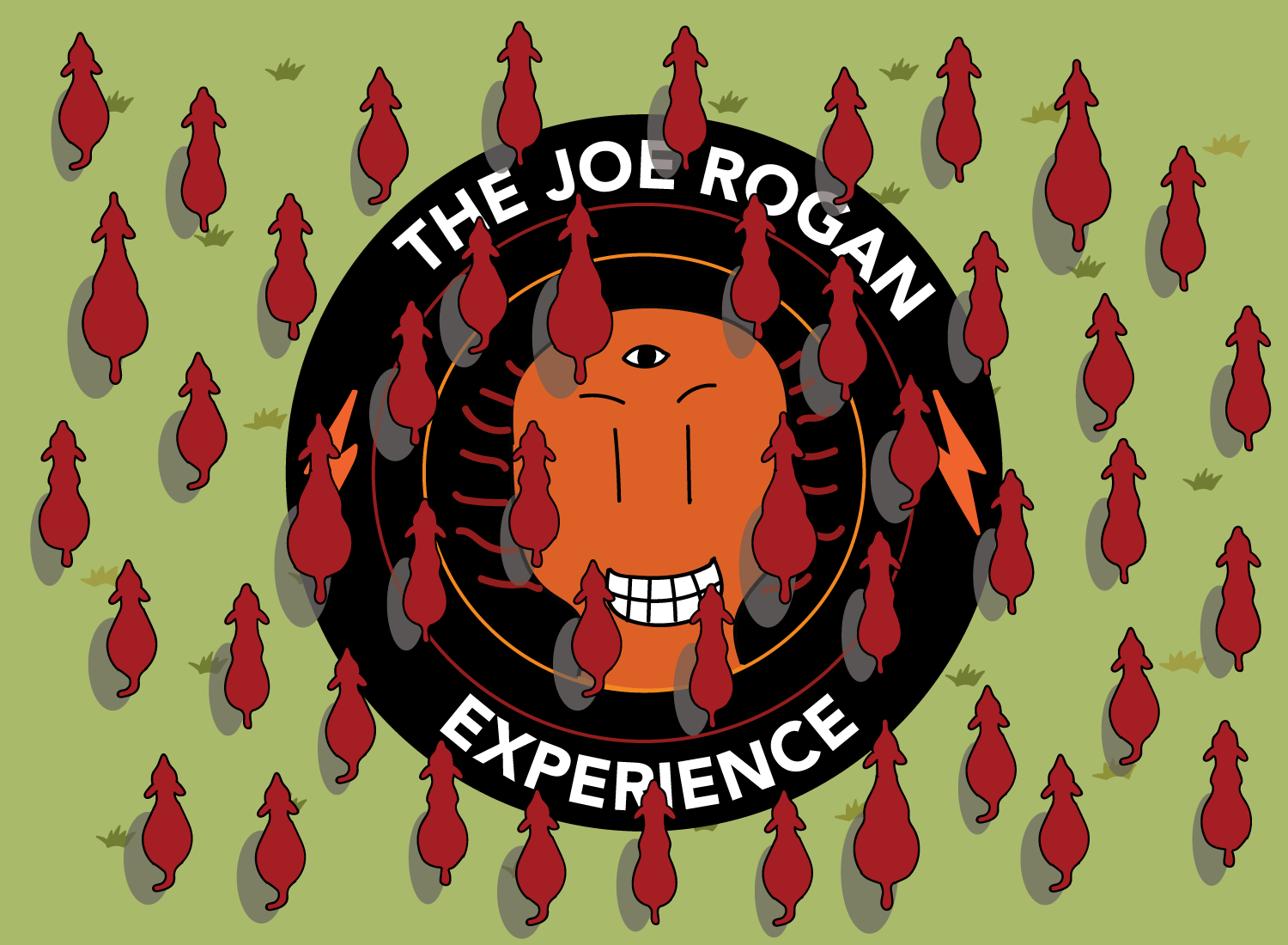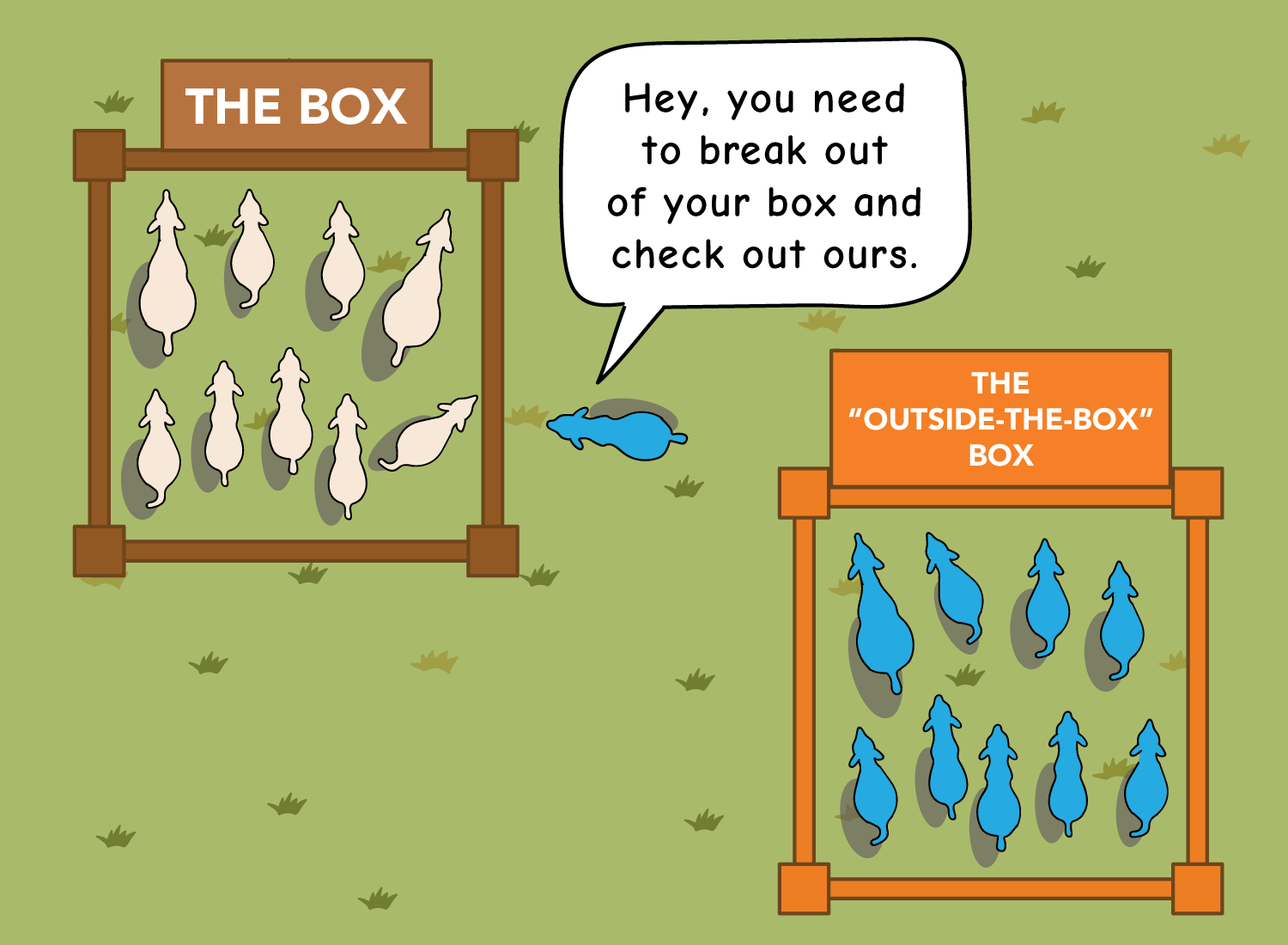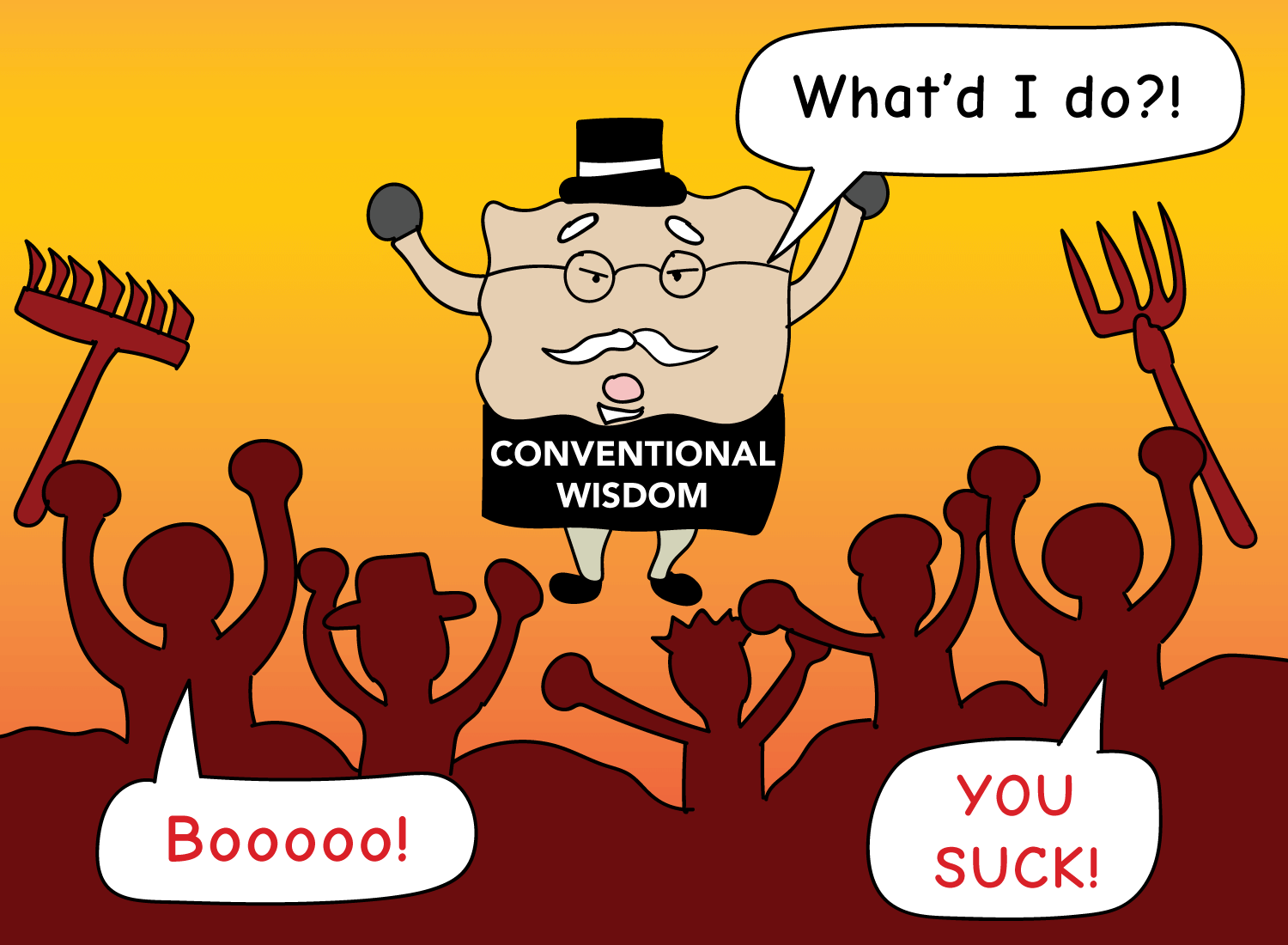It’s Mainstream to Hate the Mainstream
Say hello to Lil’ Jimmy.
Lil’ Jimmy is two years old, and he’s an accomplished minimalist. He’s been able to successfully condense all of life into just three activities: sleeping, eating, and playing.
Lil’ Jimmy enjoys sleeping and eating, but playtime is where the real fun is. And when it comes to this responsibility, his favorite thing in the world is this wondrous toy:
One day, Lil’ Jimmy finds himself in a room with two copies of this amazing thing. This sounds like a dream come true, but there’s something odd about their placement here.
In between the two toys is a transparent Plexiglass barrier that’s about one foot tall. Fortunately, Lil’ Jimmy is taller than the barrier, so if he ever wants to play with the toy behind the wall, he just needs to reach over the top to grab it.
In this room, Lil’ Jimmy showed no special preference for either toy. He played with them both equally, and probably had the time of his life.
After this funfest, Lil’ Jimmy is moved to another room, where two copies of the same toy are revealed once again! He hurriedly rushes over to play with them, but this time, he meets something different.
In between the toys is that familiar Plexiglass barrier, but now, it’s two feet tall.
This represents a real obstruction now, as Lil’ Jimmy can’t just reach over the top to grab the other toy. If he wants to play with the toy behind the barrier, he would have to move around this wall to access it.
In this room, his behavior changed markedly. Even though the same toy was right in front of him, he went out of his way to make contact with the toy behind the barrier. In fact, he made contact with the obstructed toy three times more than the unobstructed one that was easily accessible.
When a barrier to his freedom was introduced, he made it a point to go for the choice that was limited to him.
This is a version of an experiment conducted by psychologists Brehm and Weintraub in 1977. They wanted to test the resistance response that is typically exhibited by toddlers during the infamous period known as “the terrible twos,” and the results aligned with their thesis.
This study highlights how rebelliousness is deeply coded into the formative stages of our development. These two-year-olds didn’t mull over the implications of going for the toy behind the tall barrier, or question the rationality of this choice. The response was automatic: when their freedom was limited, they disregarded what was immediately accessible, and desired the choice that was obstructed.
In other words, defiance is hard-wired into all of us.
The Contrarian Herd
We are often reminded to think for ourselves, and to question the norms that govern our patterns of thought. Being a unique individual is heralded as a chief value, as this is the only way to break away from the drudgery of the conventional herd.
We do this by listening to podcasts that value long conversations over cable news soundbites. We read articles from publications that aren’t governed by the constraints of political correctness. We watch videos that offer alternative explanations of worldwide events.
Being a contrarian may feel like a signal of uniqueness, but let’s not forget about the toddler-and-the-toys experiment. There is nothing unique about being a contrarian, as it’s in our nature to be one. We just conveniently forget that everyone else shares that same nature as well.
This XKCD comic illustrates this point wonderfully:
We may feel like we’re breaking away from mainstream ideas with our “unique” take on a given situation, but all we’re doing is shifting our ideas to that of another group. That group may feel exciting and special, but it’s a group nonetheless.
This is what I call the Contrarian Herd, and we evidence of it everywhere.
Here’s an example of one I’m a part of. When I first learned about Joe Rogan’s podcast, the format of the long-form conversation felt incredibly unique, and I liked how it gave guests the rare opportunity to articulate their thoughts in detail. It felt like a big “fuck you” to the mainstream media, and I thought I was special for being a listener of this contrarian platform.
But of course, millions of people also feel the same way, and now Joe Rogan is more popular than any TV news host. What I thought was so unique grew into something just as large (if not larger) than any existing mainstream media platform.
I’m just one of the faceless millions that ride in this Contrarian Herd.
While we are often implored to “think different,” what is actually being conveyed is to “think as a member of a different herd.”1 Your contrarian views already have a group that will conveniently agree with everything you think, just like the mainstream dummies you were publicly denouncing.
Eliezer Yudkowsky conceptualizes this as the “Outside the Box” Box. From his post of the same name:
Whenever someone exhorts you to “think outside the box,” they usually, for your convenience, point out exactly where “outside the box” is located. Isn’t it funny how nonconformists all dress the same…
Having a contrarian view of the world doesn’t make you an original thinker, it just gives you a shinier label. All you’re doing is swapping one box out for another, and surrounding yourself with the prevalent ideas of this new box instead.
Defiance is the glue that pulls Contrarian Herds together, and there will never be any shortage of it. It’s a feature (or bug) of our psychology that lives in all of us, so it’s inevitable that we will find ourselves in any number of groups throughout our lives.
This raises an interesting question. If we’re all destined to become members of various herds, can we ever become truly original thinkers?
It’s possible, but it requires a shift in our attention.
Ignoring the Never-Ending Battle
Nonconformists love it when convention rears its big fat head.
When a career politician decides to run for president, contrarians quickly band together and form an anti-establishment campaign. When a prominent figure praises capitalism, contrarians unite and disparage these remarks wholeheartedly.
This may feel like an expression of independent thinking, but in reality, their opinions are dependent upon the existence of the thing they’re rebelling against. How can someone be progressive if there was no conservatism to defy? How can an entrepreneur sing the praises of her lifestyle if there was no 9-5 job to criticize?
If you need an Enemy to develop your view of the world, that can make you a contrarian, but you’re no original thinker. You’re simply filling in the herd that rests on the other side of the equation, and allowing the ideas of that group to quickly become yours.
True originality doesn’t stem from a distaste of convention. It comes from the hunger to understand all kinds of ideas, to deconstruct them, and to build a worldview from the ground-up.
Ironically, the more you strive for originality, the less you can actually attain it. That’s because you can’t think of originality without thinking of convention, just like you can’t explain what happiness is without sadness. If you tell people you want to do something original, your mind will automatically revert back to defying convention, which just places you in a Contrarian Herd.
True originality is attained only through intellectual curiosity and humility. It’s to think beyond the dichotomies and structures of existing thought, and to do so without proclaiming that you are. Or as Yudkowsky puts it, “actually thinking . . . is a wordless act of mind.”
Mainstream ideas will come and go as Contrarian Herds rise and fall. This battle will wage on, regardless of where you stand. Instead of participating in this never-ending struggle, a better option is to ignore it altogether and build a worldview that is uniquely yours.
_______________
_______________
Related Posts:
The Creator and the Crowd: Originality’s Balancing Act
